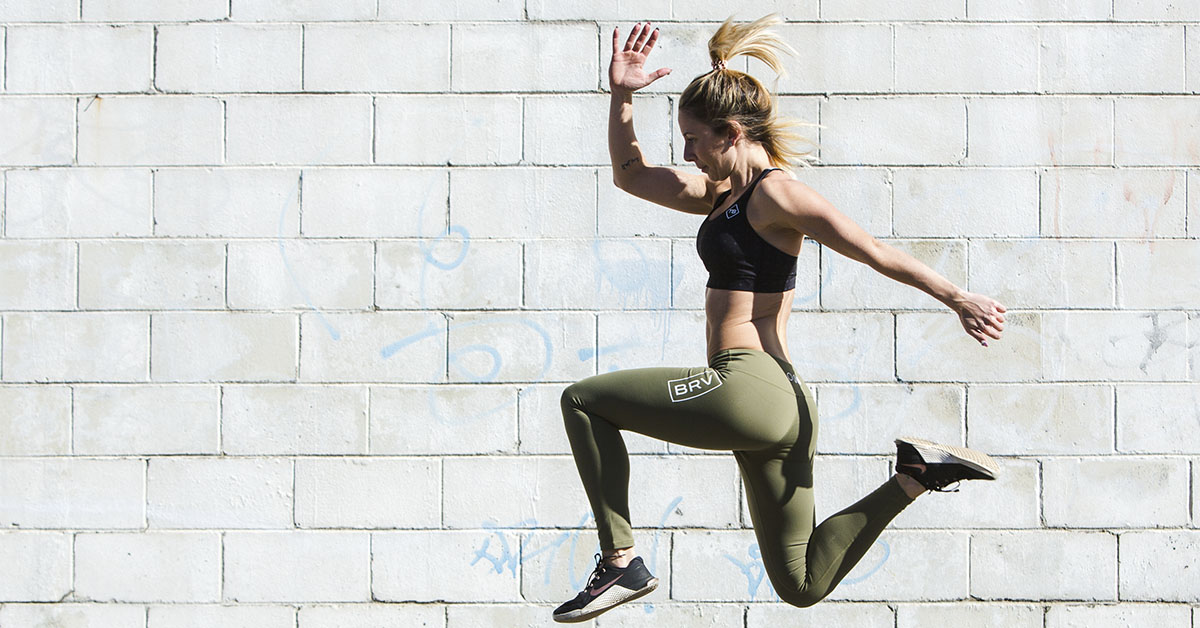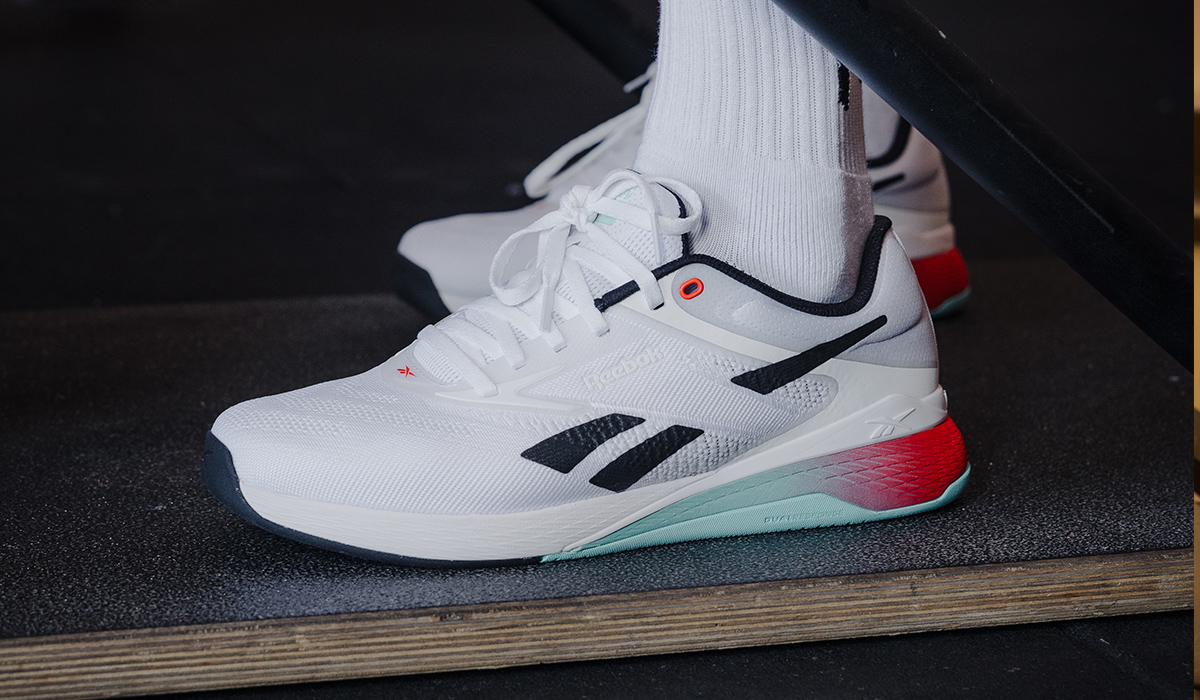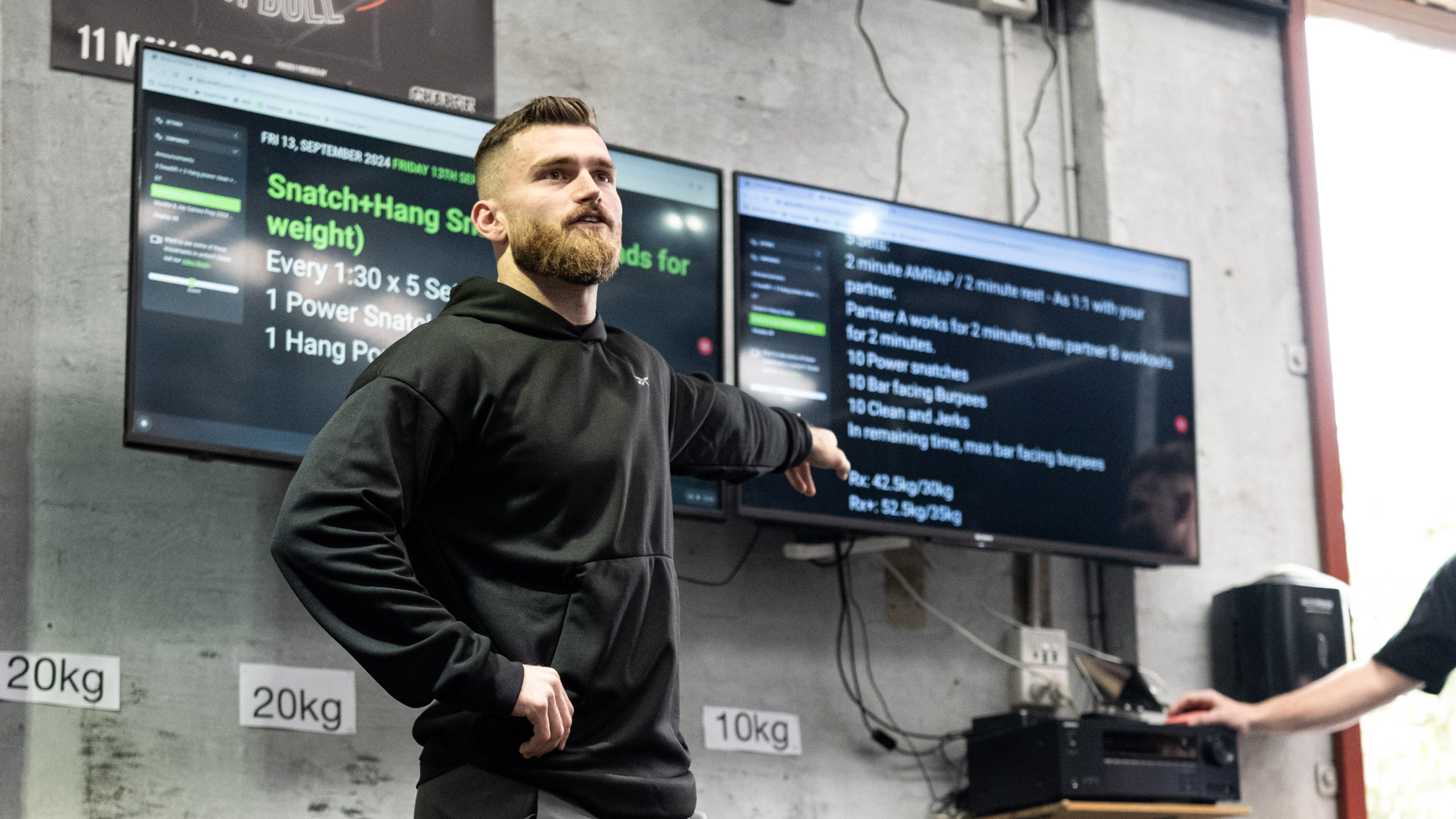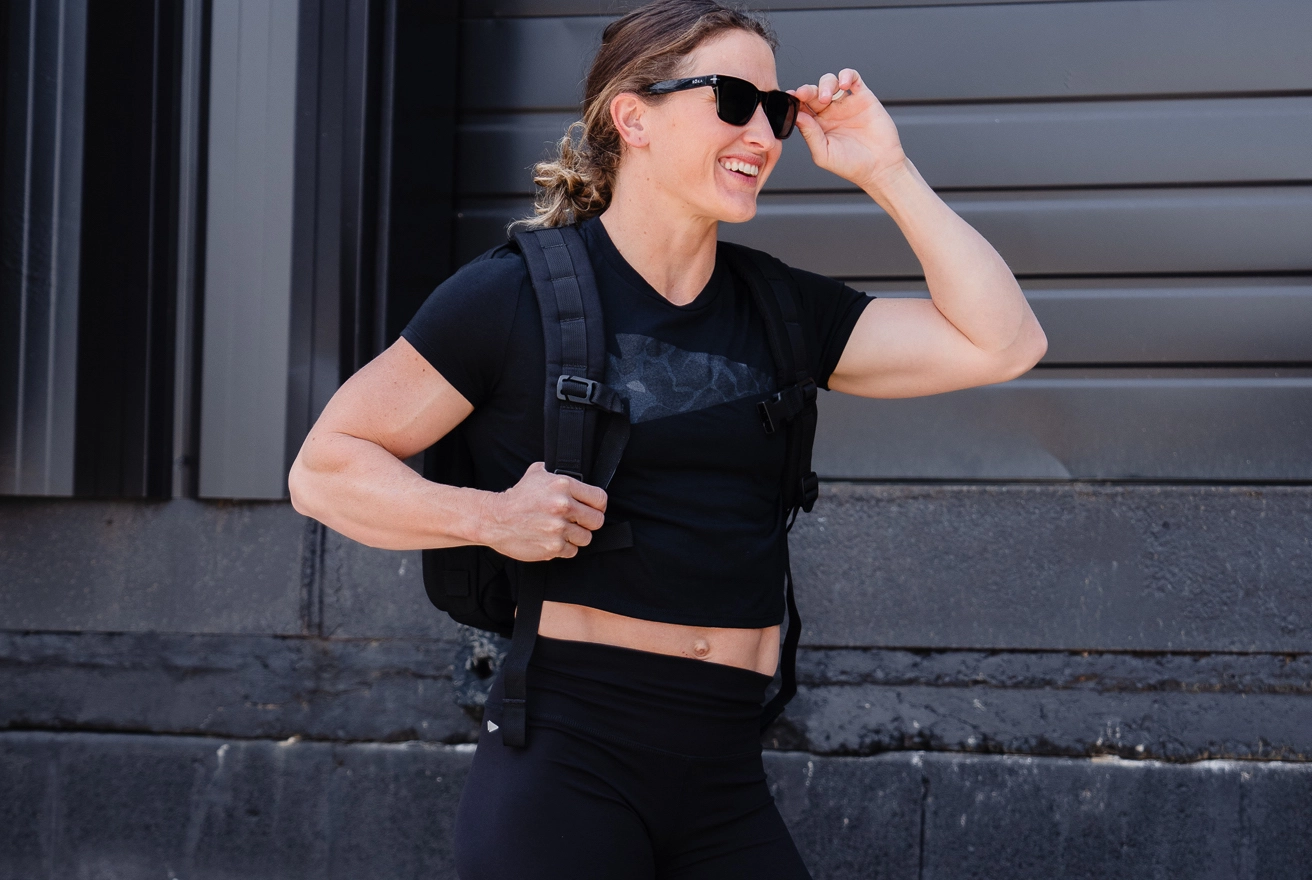The athletes of today are faster, bigger and stronger than ever before. Everyone’s goal is to run faster, jump higher and lift more. However, trainers and coaches have not come to an agreement on the best way to train. Some argue that you must only use Olympic lifts, others say you must lift light and fast, while there are those who tell you to just lift heavy weights. The truth is that athletes can benefit from a mix of these training styles. Another common mistake is that coaches cannot agree on the terms to use, often interchanging “power” and “explosiveness” — making it tougher to know the exercises that benefit each.
Power refers to the speed of movement. If you do a movement faster, you will have more power. The equation for power in physics is work over time, and work is computed as force multiplied by distance. It’s moving fast across a certain distance with force.
On the other hand, explosiveness or explosive strength is more about the speed of contraction. Both explosiveness and power work together to improve an athlete’s overall strength.
How Do You Train for It?
You need to do exercises that involve force and speed. Here are some of the best exercises to improve explosiveness and power.
Concentric Box Jump
Get in a half squat position. Extend your arms in front of you. From this static position, resisting from making counter movements, jump up onto the box. Land in the middle of the box and stand all the way up. Return to starting position.
This exercise teaches you how to create a large amount of force from a static, isometric position. Your body starts in a state where you are supporting your own weight. Then, you forcefully overcome the inertia and your body weight.
You can do this for 2-4 sets of 6-10 reps.
Dumbbell Jerk
Stand at shoulder width with your toes pointed straight ahead. Hold each dumbbell up to your shoulders. Your elbows should point straight ahead. Allow one end of each dumbbell to rest on your shoulders.
To execute, drop straight down a few inches and forcefully jump, extending upward. As quick as you can, drop straight down into a lunge (split jerk) position.
One leg should go forward while the other goes back. Catch the weight with your arms fully extended. Stand up with your arms still extended until you are upright. Take small steps as you get up. Your arms should be fully extended and behind the ears in the catch position.
The highlight of this exercise is getting down quickly. “Jerk” means to get down quickly. The momentum of the jump should get the weight to move upward. The rest of the exercise is about getting underneath the weight before you catch it.
You can do this for 2-4 sets of 8-10 reps.
Standing Triple Jump
If you’re familiar with the traditional triple jump, the standing triple jump is similar except you start from a static position. To start, stand at shoulder width and jump forward. Land on one leg, then jump forward forcefully. Next, land on the other leg and jump forcefully forward, landing softly on both legs. Return to starting position.
This exercise is a great measure of single leg power. It’s a better training exercise or test than single leg vertical or horizontal jumps. The standing triple jump prepares your body for bounds or depth jumps.
You can do this in 2-3 sets of 4-8 reps.
Plate Jumps
If you want to jump harder, this is a good exercise. Stand upright with a 10-pound plate in each hand. You can also change to a weight you are more comfortable with. Then, swing the plates backward as you let your body bend downward in countermovement. Swing the plates forward and upward. Think of it as throwing the weights in front of you and letting their weight carry you.
In this exercise, you must match the speed of the weights. Otherwise, you will fall forward.
Make sure to reset before each jump. You can adjust the exercise for height, distance, laterally or even off a single leg.
You can do 3 or 4 sets of 8-12 jumps.
Box Squat Jumps
Place dumbbells on your shoulders. Your elbows should face straight ahead, with your fingers on top of the dumbbells. The back of your heels should be placed against the box. Sit way back onto the box without rounding your lower back. Keep a flat and engaged lower back position. Relax your hip flexors but keep everything else tight.
From this position, jump as hard and fast as possible straight up. Return to starting position. You want to keep the body tight for this jump. The use of barbells is not advised.
This box squat starts in a relaxed state. When you jump, your body must overcome the weight and inertia of your body and the dumbbells. The weight is supported by the box, not your muscles. Because of this, force is created in a short amount of time. Compared to the traditional box squat, it relies on more starting strength because you actually jump.
You can do this for 3-4 sets of 8-12 reps.
Other Exercises
These are just some of the exercises you can do to increase power and explosiveness. You can also do variations of box jumps, banded kettlebell swings and other movements like jumping good mornings. With improved explosiveness and power, you can become a better athlete overall.

















